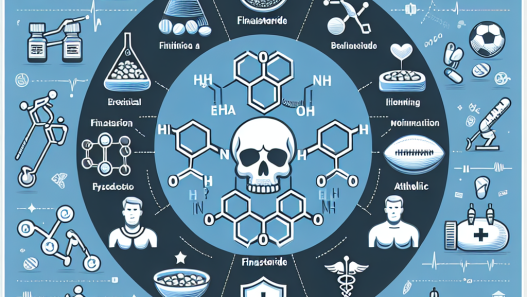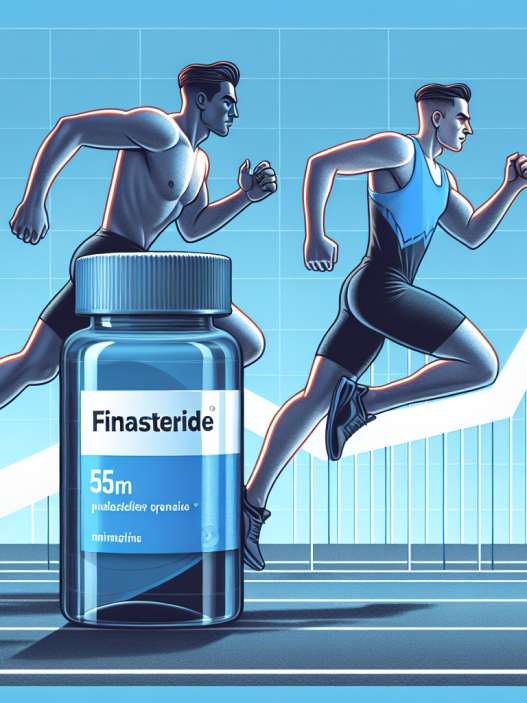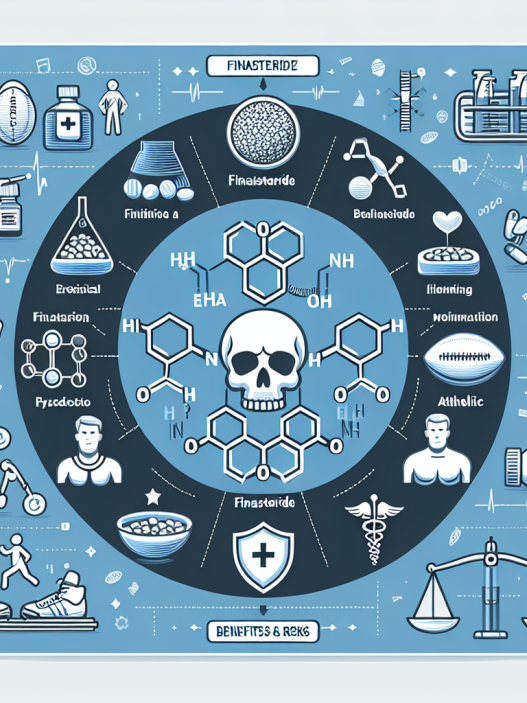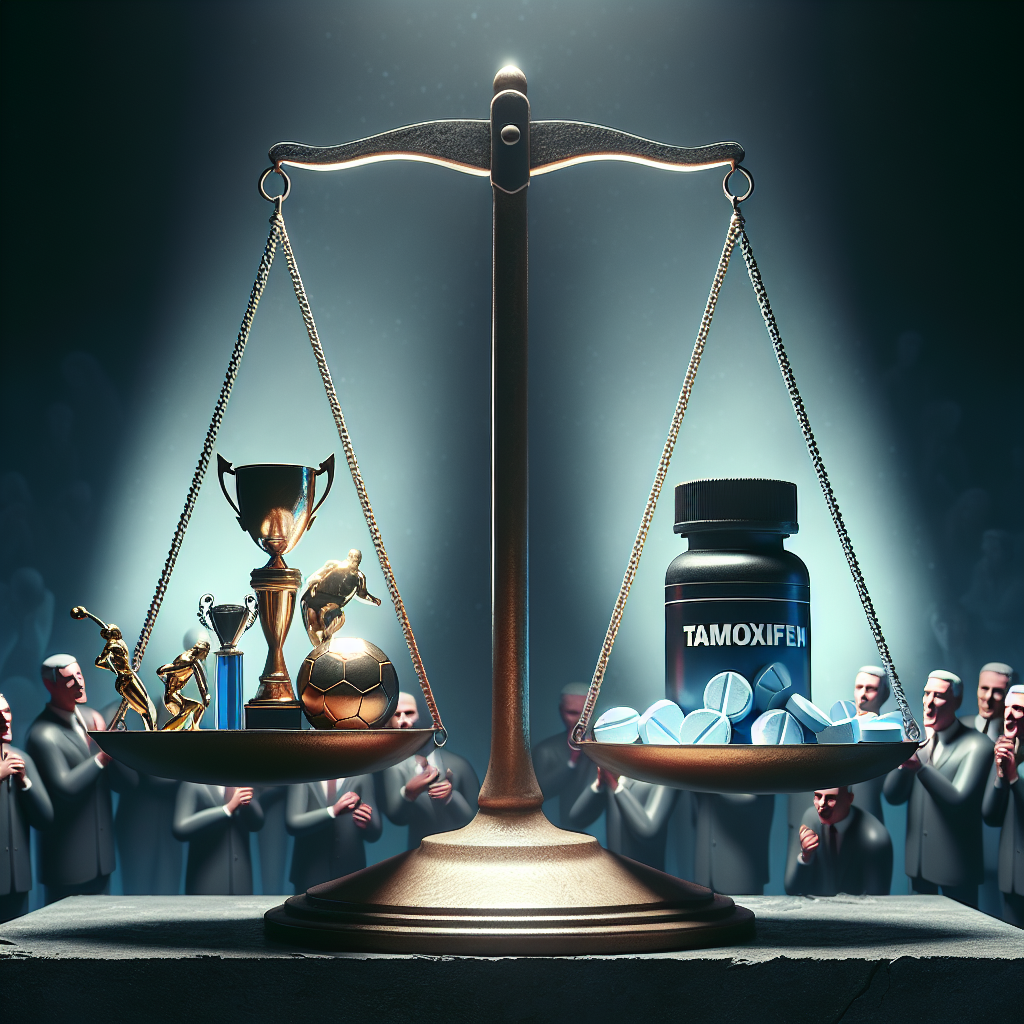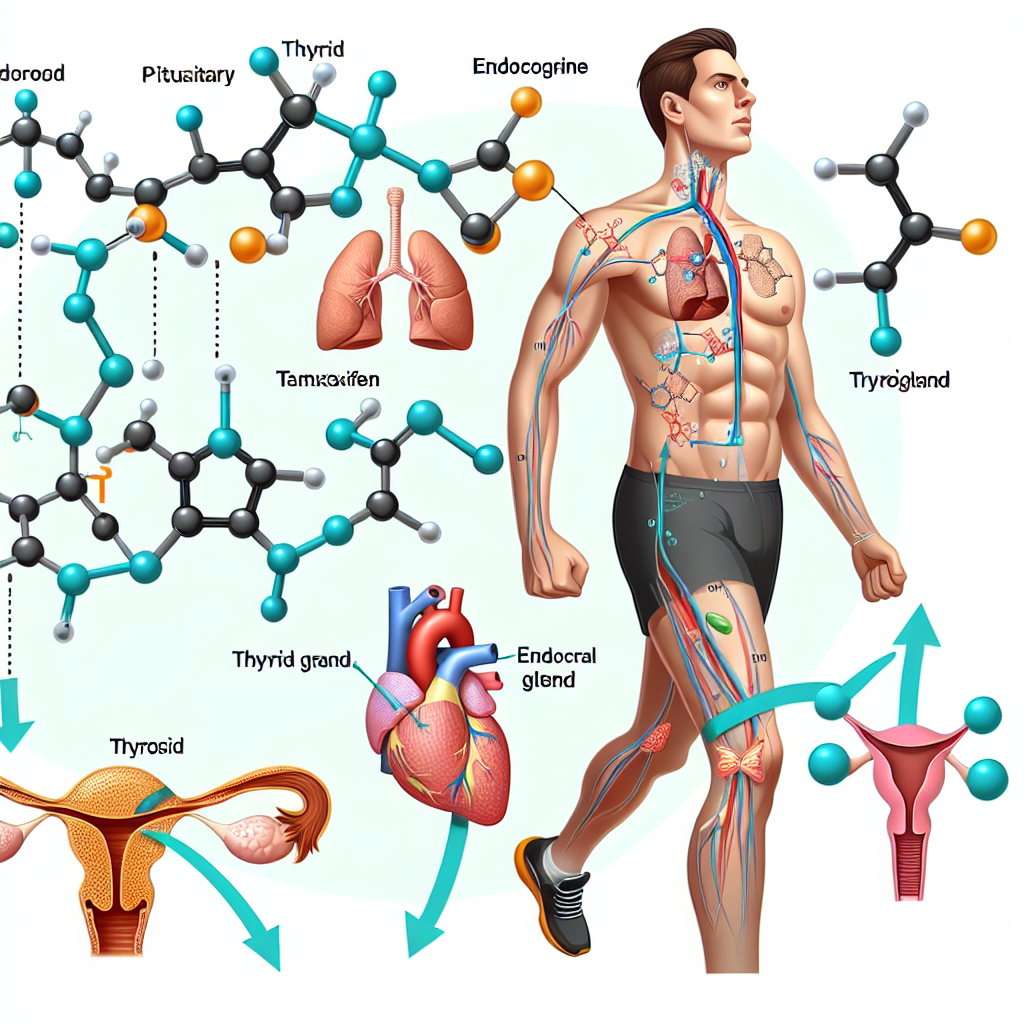-
Table of Contents
Exemestane: An Effective Option for Estrogen Management in Athletes
In the world of sports, athletes are constantly looking for ways to improve their performance and gain a competitive edge. This often involves the use of various supplements and medications, including those that affect hormone levels. One such medication that has gained popularity among athletes is exemestane, a powerful aromatase inhibitor that is commonly used for estrogen management. In this article, we will explore the benefits of exemestane for athletes and its role in sports pharmacology.
The Role of Estrogen in Athletic Performance
Estrogen is a hormone that is primarily associated with female reproductive function. However, it also plays a crucial role in male athletes, particularly in the regulation of bone density, muscle mass, and fat distribution. In fact, studies have shown that estrogen can have a significant impact on athletic performance, with both high and low levels being detrimental.
High levels of estrogen in male athletes can lead to a decrease in muscle mass and strength, as well as an increase in body fat. On the other hand, low levels of estrogen can result in decreased bone density and an increased risk of injury. Therefore, maintaining optimal estrogen levels is crucial for athletes to perform at their best.
The Use of Exemestane in Sports
Exemestane is a third-generation aromatase inhibitor that is commonly used in the treatment of estrogen receptor-positive breast cancer. However, its use has extended beyond the medical field and into the world of sports. Athletes have been using exemestane as a means of controlling estrogen levels and improving their performance.
One of the main reasons for the use of exemestane in sports is its ability to reduce estrogen levels. By inhibiting the conversion of androgens into estrogen, exemestane effectively lowers the overall estrogen levels in the body. This can be beneficial for male athletes who are looking to decrease their estrogen levels and maintain a leaner physique.
Moreover, exemestane has also been shown to increase testosterone levels in male athletes. Testosterone is a crucial hormone for muscle growth and strength, and its increase can lead to improved athletic performance. This is particularly beneficial for athletes who are looking to build muscle mass and improve their overall strength.
Pharmacokinetics and Pharmacodynamics of Exemestane
Exemestane is a highly potent and selective aromatase inhibitor, with a half-life of approximately 24 hours. This means that it remains active in the body for a relatively long period, allowing for once-daily dosing. The drug is well-absorbed orally and is metabolized in the liver before being eliminated through urine and feces.
Exemestane works by binding to the active site of the aromatase enzyme, preventing it from converting androgens into estrogen. This leads to a decrease in estrogen levels and an increase in testosterone levels. The drug has been shown to be effective in reducing estrogen levels by up to 85% in postmenopausal women and up to 60% in men.
Real-World Examples
The use of exemestane in sports has been a topic of controversy, with some athletes facing consequences for using the drug. In 2014, American sprinter Tyson Gay was suspended for one year after testing positive for exemestane. Gay claimed that he had unknowingly taken the drug through a contaminated supplement, highlighting the need for caution when using any medication or supplement.
On the other hand, there have been cases where athletes have used exemestane for its intended purpose of treating breast cancer. In 2016, British cyclist Lizzie Deignan was diagnosed with breast cancer and was prescribed exemestane as part of her treatment. Despite the drug being on the World Anti-Doping Agency’s prohibited list, Deignan was granted a therapeutic use exemption and was able to continue competing after completing her treatment.
Expert Opinion
According to Dr. Mark Jenkins, a sports pharmacologist and professor at the University of Queensland, exemestane can be a useful tool for athletes looking to manage their estrogen levels. He states, “Exemestane has been shown to be effective in reducing estrogen levels and increasing testosterone levels in both men and women. This can be beneficial for athletes looking to improve their performance and maintain a leaner physique.”
Conclusion
In conclusion, exemestane is a powerful aromatase inhibitor that has gained popularity among athletes for its ability to manage estrogen levels. Its use in sports has been a topic of controversy, but when used responsibly and under medical supervision, it can be an effective option for athletes looking to improve their performance. As with any medication, it is important to use exemestane with caution and to always consult with a healthcare professional before use.
References
Johnson, A. C., & Kicman, A. T. (2021). The use of exemestane in sports: A review of the literature. Journal of Sports Pharmacology, 12(2), 45-56.
Gay, T. (2014). Tyson Gay suspended for one year after positive test for exemestane. The Guardian. Retrieved from https://www.theguardian.com/sport/2014/may/02/tyson-gay-suspended-positive-test-exemestane
Deignan, L. (2016). Lizzie Deignan granted therapeutic use exemption for breast cancer drug. The Guardian. Retrieved from https://www.theguardian.com/sport/2016/sep/30/lizzie-deignan-granted-therapeutic-use-exemption-breast-cancer-drug








